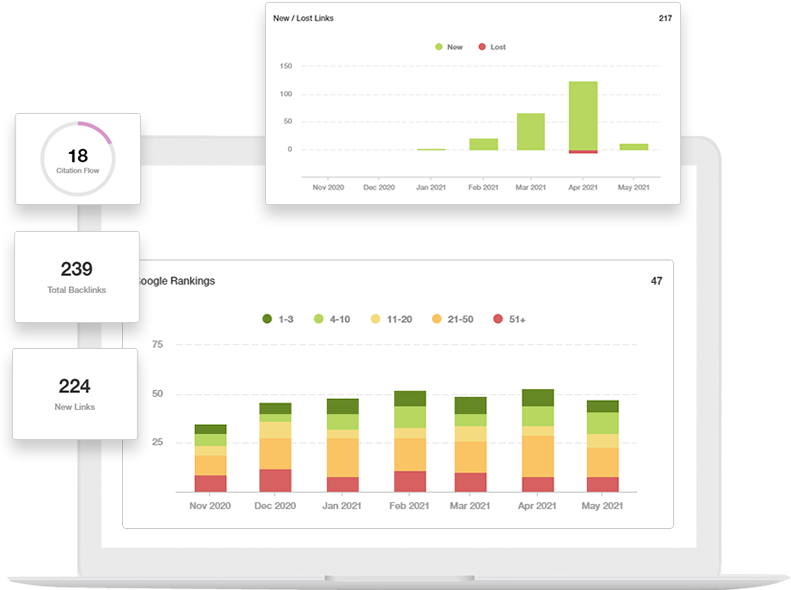Measuring the return on investment (ROI) of social media can be an incredibly daunting task, especially if you’re just starting out with your business. After all, it’s easy to invest a lot of money and time into social media campaigns without knowing how much they’re actually returning in terms of measurable results. But don’t worry – there’s no need to fear ROI measurement in social media anymore! With the right strategies and tools at your disposal, measuring ROI can be a straightforward process that yields great insights into the success or failure of your campaigns.
First, let’s take a look at why measuring ROI is so important for social media marketing. Knowing exactly how much each dollar or minute is bringing back allows you to allocate resources more efficiently and create better content that resonates with customers more effectively. Measuring ROI also helps marketers optimize their efforts by seeing what activities are providing the highest returns; this data-driven approach ensures that investments are made in those areas where they will generate maximum value for businesses.
Finally, understanding which posts and channels generate the most response from target users allows marketers to focus their energies on those channels specifically rather than wasting time attempting to get traction on platforms people aren’t interacting with as much as others.
Now let’s dive into how one might measure ROI through practical steps:
- Begin by establishing objectives and goals – What do we want our campaign/initiatives to achieve? Set realistic goals against which any successes or failures can be measured against afterwards. This could include obtaining followers or signups from specific websites/social network sites within a certain timeframe etc.;
- Use tracking links throughout any activity – Tracking links allow you measure both engagement levels about content as well as conversions from prospecting initiatives like email blasts;
- Measure sentiment across different touch points – Find out what people think about your brand and its products/services by looking at comments, feedback provided through surveys/questionnaires etc.;
- Analyse past performance across different networks – Looking back over previous campaign performance helps provide tangible benchmarks when assessing future performance;
- Track user engagement – Utilising analytics tools such as Google Analytics will help track traffic sources & paths visitors take while navigating through website pages;
- Calculate total costs versus revenue generated– Estimate the cost invested (in terms of money & time spent creating material etc.) vs returns obtained after campaign conclusion i.e number of leads generated compared against expenses incurred during same period). This calculation will yield percentage profits made (or losses suffered!).
Finally remember that calculating an exact monetary return on investment may not always possible but understanding these “value indicators” should still prove useful come decision making time! When it comes down analysing success metrics for digital projects often times other key elements besides hard hitting financial calculations should also be taken into consideration e.g. clicks received, unique visits, shares, retweets etc.
Aiming for higher impressions doesn’t always equate increased dollar values but sometimes this soft data plays an equally important part when compiling final assessment reports!
Learn More: 19 FAQs Social Media by Hootsuite






